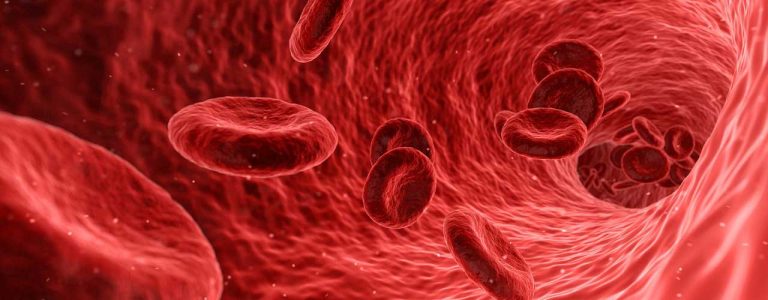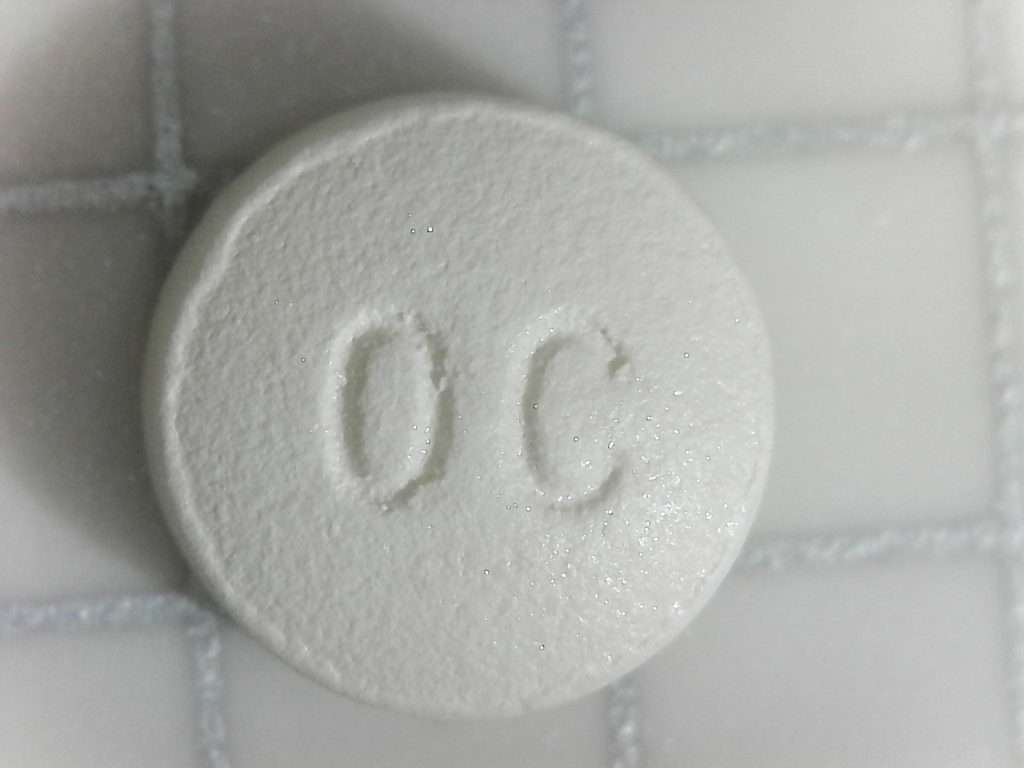The United States is currently in the grip of a nationwide health crisis of opioid abuse. In 2019, more than 70% of drug overdose deaths involved opioids, totaling 49,860 deaths. Despite being incredibly dangerous, prescription opioids have become relatively accessible through doctors and pharmacies in recent decades, leading to a surge in opioid drug abuse.
Oxycodone is one of the most common prescription opioids, along with codeine, morphine, fentanyl, and hydrocodone. You can find it combined with acetaminophen (paracetamol) under brand names like Percocet. Doctors often prescribe it as a treatment for acute pain relief after an accident or an operation. However, thousands of people misuse oxycodone each year to experience its pleasurable effects.
The good news is that because of awareness, education, and calls for stricter protocols, steps are being taken to reduce the accessibility and distribution of opioids. According to the National Institute on Drug Abuse, California now has some of the lowest prescribing rates in the country.
Related: Detox Orange CountyHowever, overdose rates remain high. To reduce them, we need to educate ourselves and others on the dangers of opioid use and how to avoid overdose, which occurs when oxycodone is mixed with other substances or taken in large doses.
Opioids are involved in about 45% of drug overdose deaths in California and 70% of them in the U.S., according to DrugAbuse.gov, an online resource from the National Institute on Drug Abuse (NIDA). Oxycodone is one of those prescription opioids, along with codeine, morphine, fentanyl, and hydrocodone; heroin is a street drug that is classified as an opioid.
The good news is that thanks to awareness, education, and calls for stricter protocols, California has some of the lowest prescribing rates of opioids in the country, according to NIDA. They also report that there has been a decrease in deaths involving prescription opioids.
Unfortunately, we have seen an increase in deaths from illicit versions, including heroin and fentanyl. Oftentimes overdoses and deaths occur because opioids are ingested with other substances such as alcohol and other drugs. There are also higher risks depending on the way that oxycodone is ingested — whether it is snorted, injected, or consumed by some other method.
How Does Oxycodone Affect the Brain?
When ingested, oxycodone travels through the bloodstream to the brain, attaching to proteins known as ‘opioid receptors’ on the surface of certain brain cells. This interaction can trigger several responses, including pain relief, mood changes, dependence, and respiratory changes. It also hijacks the brain processes that cause us to experience a pleasurable reward when we engage in basic life-preserving exercises, like eating and sex.
One of these processes is our mesolimbic reward system. In the reward pathway, signals in the brain release the chemical dopamine, which produces feelings of pleasure. Other parts of our brain connect the activity and surrounding environment with the experience. This can result in strong urges to repeat the activity, especially in response to certain environmental cues.
These urges can be extremely difficult to resist, causing continued substance abuse and addictive behavior.
How Can You Ingest Oxycodone?
You can ingest oxycodone through oral ingestion (swallowing), intranasal ingestion (snorting), interveinal ingestion (injecting), and inhalation (smoking).
The most common method of taking oxycodone is oral delivery, swallowing tablets when received from a doctor or pharmacist. However, you can also crush it and inhale it through your nasal passage. This method sees the substance reach the brain quicker, leading to more intense highs and severe side effects.
Can You Smoke Oxycodone?
Some people smoke oxycodone by putting the crushed substance in a pipe or vaporizing it. While smoking oxycodone is less common than some other methods, it causes the body to absorb the substance rapidly. This generates a release of dopamine and an intense high that can increase the risk of addiction.
What Are the Dangers of Oral Doses of Oxycodone?
Medics prescribe oxycodone in tablet form, as a capsule, or as a liquid. You should only take oxycodone when prescribed, and you must carefully follow instructions from your provider or pharmacist.
Some people misuse oxycodone by:
- Consuming excessive doses
- Taking it more often than their doctor prescribes
- Using it for its recreational effects
Misusing oxycodone makes developing an addiction more likely. However, oxycodone is highly addictive, and it is possible to develop an addiction even when medical guidance is followed.
One of the most significant dangers of ingesting oxycodone is overdose. Consuming too much oxycodone in a short period can overwhelm the respiratory system, causing respiratory depression. Profound respiratory depression can lead to severe oxygen deprivation of the brain, which in some cases is fatal.
Mixing oxycodone with other central nervous system depressants like alcohol can compound their effects, increasing the chance of oxycodone overdose.
What Are the Dangers of Snorting Oxycodone?
If you repeatedly ingest oxycodone, your body may develop a tolerance to it. You can also develop a tolerance to oxycodone by taking other kinds of prescription opioids.
Developing an opioid tolerance means you start feeling reduced effects from the same doses of oxycodone. Some people start crushing oxycodone into a fine powder and snorting or smoking it in a bid to experience stronger effects.
When snorted, oxycodone bypasses the digestive system and goes straight into the bloodstream through the blood vessels in the nose. This rapid transfer not only causes a more intense high but more serious side effects and a greater risk of overdose.
Dangers of snorting oxycodone include:
- Chronic sinus infections
- Difficulty swallowing
- Headaches
- Loss or distorted sense of smell
- Mouth sores
- Chronic nosebleeds and sores
- Pneumonia
- Sleep disorders
- Increased risk of overdose
Dangers of Shooting or Injecting Oxycodone
Another method that people use to get oxycodone quickly and strongly into their systems is crushing the drug and smoking it, sometimes straight and sometimes by mixing it with other substances such as tobacco or other narcotics.
This is incredibly dangerous.
Although the immediate effect of smoking drugs is stronger and faster, the effect doesn’t last as long as it does when it is consumed in other ways. That leads to more frequent use, which puts you at a higher risk for serious injury and death.
In addition to the risk of overdose, smoking oxycodone can cause:
- Brain damage (from oxygen deprivation)
- Difficulty breathing
- Emphysema and lung cancer
- Headaches
- Heart failure
- Lung and respiratory tissue damage
- Sleeplessness and sleep disorders
- Stumbling, dizziness and loss of coordination
What Are the Dangers of Smoking Oxycodone?
Another method that people use to administer oxycodone quickly is crushing the drug and smoking it, sometimes straight and sometimes by mixing it with substances such as tobacco or other narcotics.
Smoking Percocet, oxycontin, and other prescription drugs containing oxycodone can be incredibly dangerous. While the immediate effect of smoking oxycodone is stronger and faster, it lacks the extended-release of oral ingestion, so the effect doesn’t last as long. This can lead to more frequent use and a higher risk of injury or death.
Smoking oxycodone can also cause:
- Brain damage (from oxygen deprivation)
- Lung infections
- Chronic bronchitis
- Difficulty breathing
- Emphysema and lung cancer
- Headaches
- Heart failure
- Lung and respiratory tissue damage
- Sleeplessness and sleep disorders
- Stumbling, dizziness, and impaired coordination
How Can You Prevent Opioid Overdose?
The best way to prevent opioid overdose is to quit using the drug. If you are addicted or physically dependent on it, quitting without professional support can be extremely difficult and even dangerous. For this reason, you must begin the process under the supervision of medical experts.
Luckily, help is available, and medical support can make the detox and recovery process safe and comfortable.
How Can You Treat Opioid Addiction?
When struggling with prescription opioid addiction, recovery can seem difficult or even impossible. However, effective addiction treatments are available, and with the right support, anyone can achieve long-term recovery.
Oxycodone Detox
The first step of recovery is usually medically supervised detox, which involves removing all traces of the substance and toxins from your body. Detox treatment facilities offer twenty-four-hour medical support to help manage withdrawal symptoms and ensure the process is completely safe.
Oxycodone Addiction Treatment
Long-term recovery from addiction requires more than just detox. It involves identifying the underlying causes of substance abuse and developing the skills to cope with or overcome them.
According to the National Institute on Drug Abuse, effective addiction treatment programs offer various treatment approaches tailored to each client’s unique needs.
Treatment centers usually offer traditional and complementary treatment options, including:
- Cognitive-behavioral therapy
- One-to-one therapy
- Group therapy
- Family counseling
- Support groups
- Experiential therapy
- Complementary therapies, like yoga or meditation
- Aftercare planning
If you or anyone you know is misusing, snorting, shooting, or smoking oxycodone, contact our addiction treatment center in Orange County, California, today.
You can call our helpline at 714-547-5375 any time. Drug addiction specialists are standing by to answer any questions you may have about substance abuse, addiction, and our treatment programs. All calls are fully confidential.






